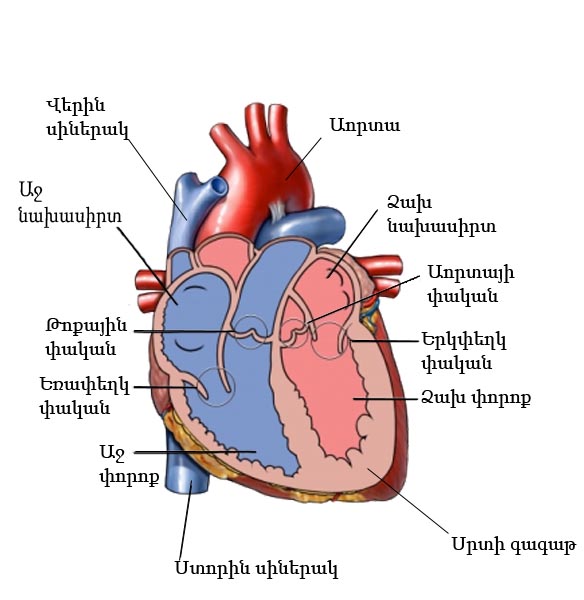From Open Minded Health:
Cardiovascular disease (CVD) is the leading cause of death in the United States. And it’s growing, largely because the factors that lead to CVD are growing too: obesity, diabetes, high blood pressure, high cholesterol, diets based on meat, and physical inactivity. We have data on how CVD risk varies depending on sex, ethnicity, and socioeconomic status. But we don’t have strong data on how gay, lesbian, and bisexual peoples risk factors add up to actual CVD risk.
CVD risk is often calculated using data from the Framingham study, a massive multigenerational study started back in 1948. The risk calculators that still come from that study today are some of the most well validated calculators we have. A physician can plug in a few numbers and get a good estimate of your risk of having a cardiovascular-related event over the next few years. The calculators are publicly available, but really do need training to interpret.
Why do I bring up the Framingham study? Because the study I’m examining this week uses those same calculators and other factors to try to estimate the cardiovascular risk of lesbian, gay, and bisexual cisgender people. Let’s take a look at what they did!
